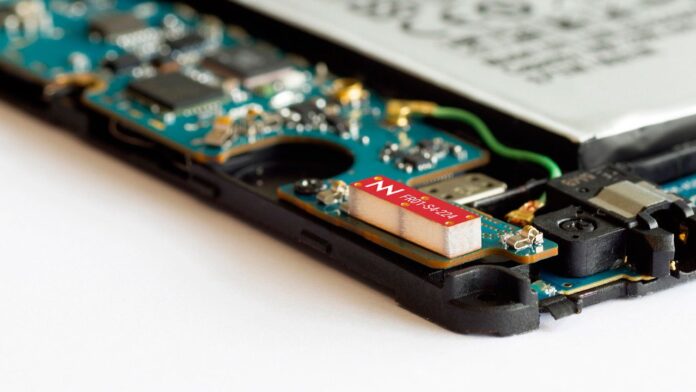Barcelona based IoT antenna company Ignion is promising to reduce IoT antenna design “from days or weeks to minutes”, following the release of its new design and simulation platform on AWS. The platform, it said, will allow developers to integrate its so-called ‘virtual antenna’ technology quickly and easily into their IoT products.
It works with sundry cellular antennas, including 5G and cellular IoT based components, as well as antennas to carry alternative connectivity technologies, like non-cellular wide-area LoRaWAN, non-cellular mid-range Wi-Fi 6E, or non-cellular ultra-short-range UWB.
The new platform, called Antenna Intelligence Cloud, works as a digital twin tool, effectively, for antenna design. Ignion, previously Fractus Antennas, said it will reduce development costs and accelerate launch schedules, and produces a simulated performance that is “very close to what can be achieved with a real world end device”.
The tool brings cloud computing and machine learning to the antenna domain, it said, leveraging AWS capabilities in both areas. Ignion has patented its own proprietary off-the-shelf multiband ‘virtual antenna’ chip technology as a driver for faster, cheaper IoT development, and a spur for ‘massive’ scale IoT deployments.
Its antenna solution removes the standard “design bottleneck” that comes with conventional printed antennas, by instead using miniaturised surface-mounted chip components called antenna boosters, which work with “any protocol, band, or application”, and require no hardware customisation.
Single antenna booster components can be reused across multiple mobile and wireless designs, reducing time to market, product development investments and finally, cost. Because the boosters take the form of a chip antenna, they can be assembled in production on the printed circuit board (PCB) of the device using conventional pick-and-place machinery, resulting in a lower production cost, as well.
The system architecture typically includes one or more antenna boosters, a matching network, and a ground plane layer embedded into the PCB of the device. The network needs to be customised for each device’ the antenna system can be adapted to cover multiple frequency bands, as required.
The likes of Cavli Wireless, Nordic Semiconductor, Sequans, and Sierra Wireless are using Ignion antennas. The availability of its new digital-twin design platform on AWS, which plugs in a bunch of AWS compute and analytics tools, will “fuel innovation and versatility” in the IoT space, the company said.
A statement said: “The Antenna Intelligence Cloud uses state of the art simulation with machine learning and removes the need to initiate the development on physical hardware. Especially as every design is unique, and since there are continuous new needs due to 5G, Wi-Fi 6E, LoRaWAN, or UWB, and often devices which contain multiple radio’s, there is an existing need for accurate and reliable design support for the IoT ecosystem.”
Jaap Groot, chief executive at Ignion, said: “The breadth and depth of the AWS cloud offering allows us to provide access to our Virtual Antenna portfolio while delivering a full end-to-end RF design solution to significantly accelerate IoT product development and improve product ROI. By creating your IoT antenna solution with the support of Ignion’s Antenna Intelligence Cloud, your product design cycle is shortened and optimised with market leading predictability and flexibility.”

